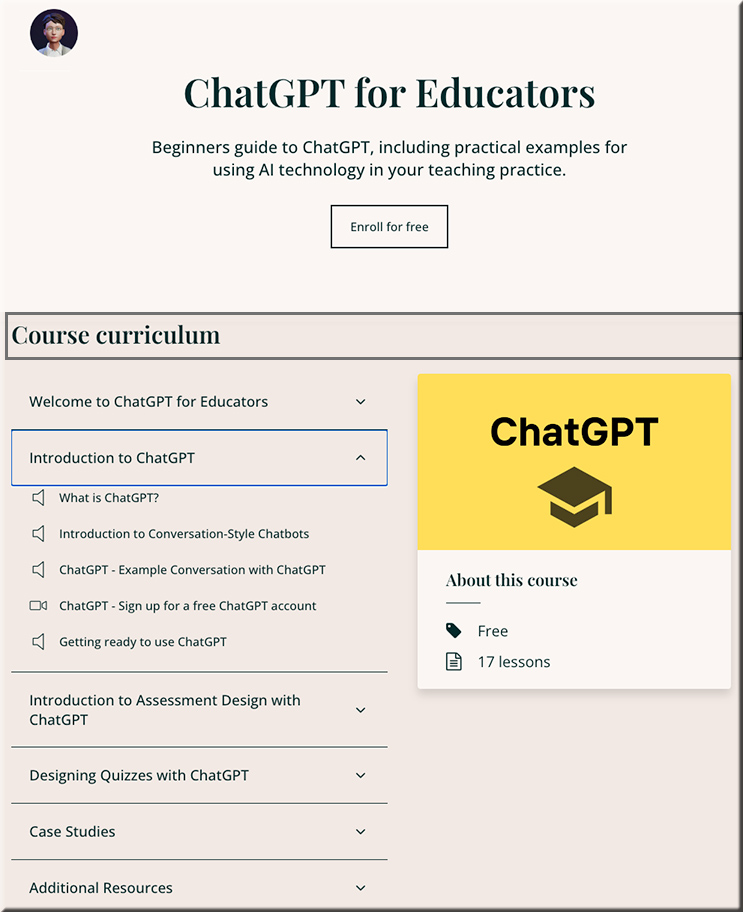From DSC:
I have had two instances recently where the phone-based systems (i.e., the Voice Response Units) haven’t worked…at all. They either wouldn’t let me do something as simple as updating my credit card number on file or checking on the status of a prescription. Human beings had to get involved to help me get the issues resolved. (Sounds a bit like the recent issues with the FAFSA forms, as I think about it.)
This is old hat, I know. This is common knowledge. But with AI, I’m increasingly concerned that the temptations are there for the MBAs/executives out there to lay off employees and boost their short-term profits (so that Wall Street will reward them and so that they can get their year-end bonuses).
The reminder/lesson for businesses and organizations of all types (including colleges and universities):
- Unless you want to piss off and lose your customers, always allow your customers to stop using a VRU and go directly to a person that they can talk to.
- Then empower those employees on the front lines as much as possible so that they can get the issues resolved for your customers.
- Don’t think you are putting your MBA to good use by laying off your employees after you implement some new VRU system or AI-backed system. Don’t be too quick to think that you’re going to save all kinds of money by going with AI. This might be the case down the line, but I wouldn’t be too quick to get there yet. And even when you do get there, please allow us to talk to human beings.











